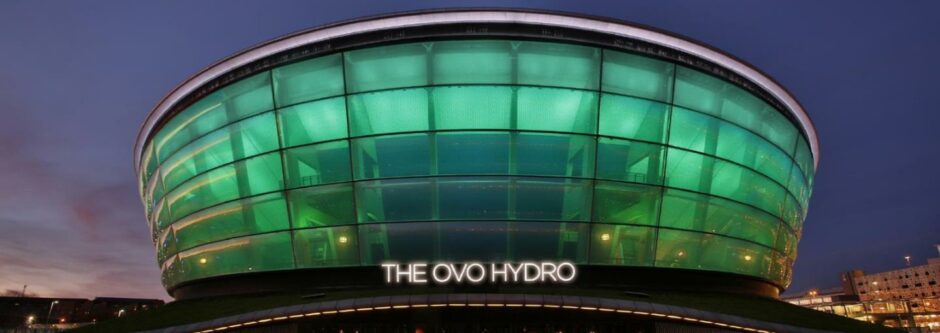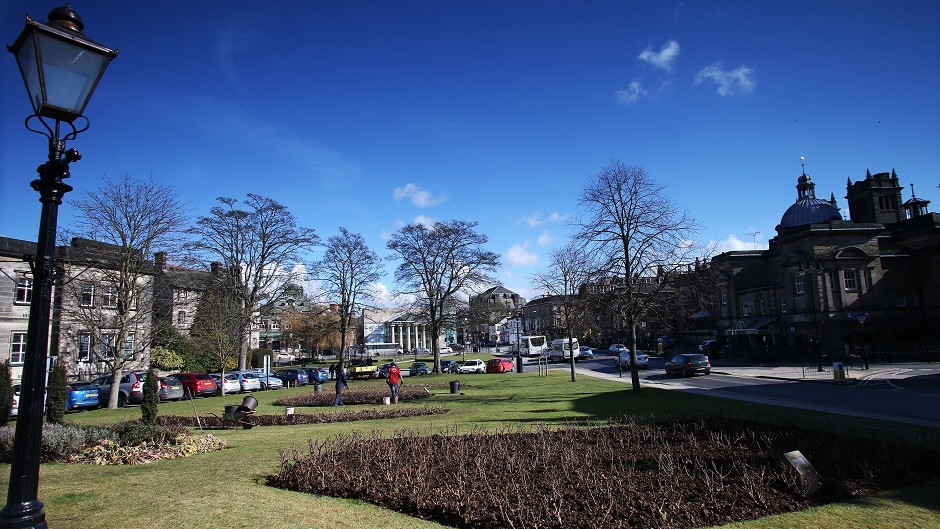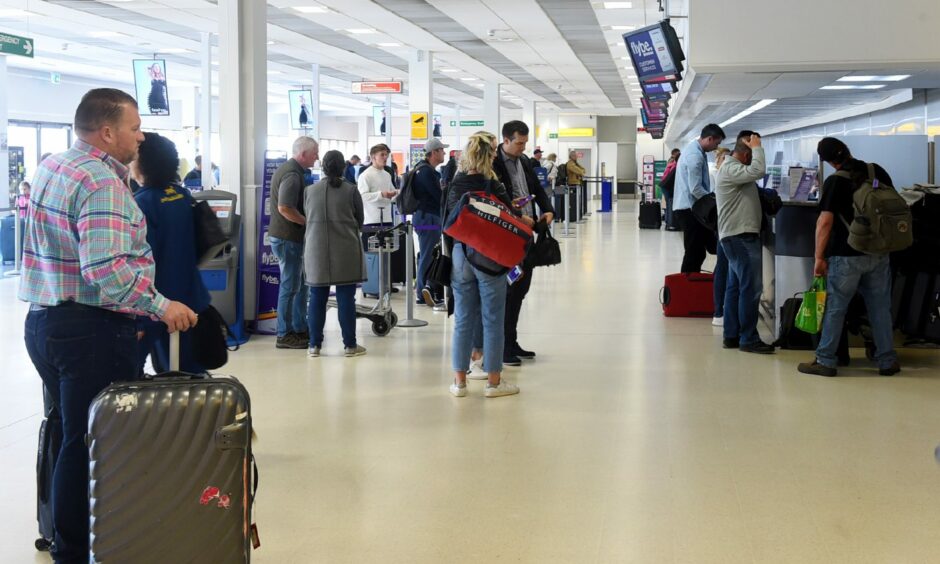Aberdeen has put its hat in the ring to be the host city for next year’s Eurovision Song Contest.
Local councillors have said they are looking at the next steps in the application process which officially launches this week.
While some residents have expressed excitement at the idea of welcoming Eurovision to the north-east – describing it as “a really positive thing” for the city – others have questioned if Aberdeen has the infrastructure required to host such a large event.
In past years, cities were required to have a venue to accommodate 10,000 spectators and a press centre for an army of up to 1,500 journalists covering the contest.
The city must also be served by an international airport and have enough hotel rooms for as many as 2,000 delegates, journalists and spectators.
The Press and Journal has had a look back through the past 66 years of Eurovision to find out how the Granite City compares to the previous host locations – and the others bidding for next year.
Could Eurovision return to Scotland?
If Aberdeen’s bid is successful it will become the second Scottish city to ever host the song contest.
When Edinburgh welcomed Eurovision back in 1972 there were only 18 entries, compared to 40 this year, so the requirements were presumably a bit different.
The contest was held at the capital’s Usher Hall, which with a capacity of just 2,200 is significantly smaller than Aberdeen’s venue of choice – P&J Live. The city took advantage of its other famous landmarks and based all the jurors, the interval act and voting at Edinburgh Castle.
Glasgow, which has also never hosted before, is currently the favourite for next year’s event. The Ovo Hydro has plenty of space to accommodate all contestants and spectators, and the city is served by three international airports.
If the bookies are correct, it is much more likely that the contest will be held in the west coast, if in Scotland at all.
Is Aberdeen too small?
Although Aberdeen could be considered small in comparison to European capitals that have hosted the event, it would not be the smallest ever location to put on the show.
In 1993, Millstreet in County Cork – with a population of just 1,500 at the time – hosted the contest at its Green Glens Arena. However, most of the delegates and contestants stayed in Killarney – around 18 miles away.
The town has a train station but the nearest airport is more than 20 miles away in Kerry. Meanwhile, Aberdeen International Airport is only 1.6 miles away from P&J Live.
The 27th edition of the contest was held in 1982 in the English spa town of Harrogate at its 2,000-seat convention centre. With a population of around 75,000, the Yorkshire town is also significantly smaller than Aberdeen.
When Tallinn, the capital of Estonia, hosted Eurovision back in 2002 there were concerns the country did not have a suitable venue.
It is safe to say Aberdeen would not have this problem, with P&J Live being the city’s biggest selling point in its campaign.
Transport issues?
Host cities in recent years, including Lisbon, Copenhagen and Stockholm, were already popular tourist spots before Eurovision arrived with metro and tram systems in place.
This year’s Eurovision was held in Turin in Italy at the 13,300-seat PalaOlimpico arena. Due to Covid, the event had a limited audience but still welcomed 40 participating entries.
With a population of more than 847,000, the Italian city is significantly bigger than Aberdeen and has an extensive transport network – largely improved when the city hosted the Winter Olympics in 2006.
The north-east’s public transport services have been highlighted as a potential obstacle in Aberdeen being chosen as the host city in 2023.
Recent bus cancellations and taxi shortages in the city centre on a normal night, when there is no large scale event being held, have not given locals confidence that the city is equipped to transport thousands to and from the venue.
Who else is in the running?
Another 15 UK cities have also shared their interest in hosting Eurovision in 2023 – with Glasgow the current favourite.
Although Aberdeen is among the least populous of the cities, it does appear to meet the requirements to host.
While Birmingham, Manchester and London have larger arenas, and more transport options, P&J Live has the space – and enthusiasm – to welcome all the entries and audience members.
Other potential venues are much smaller with some not meeting the required capacity – or will not even be built in time for the event.




Conversation